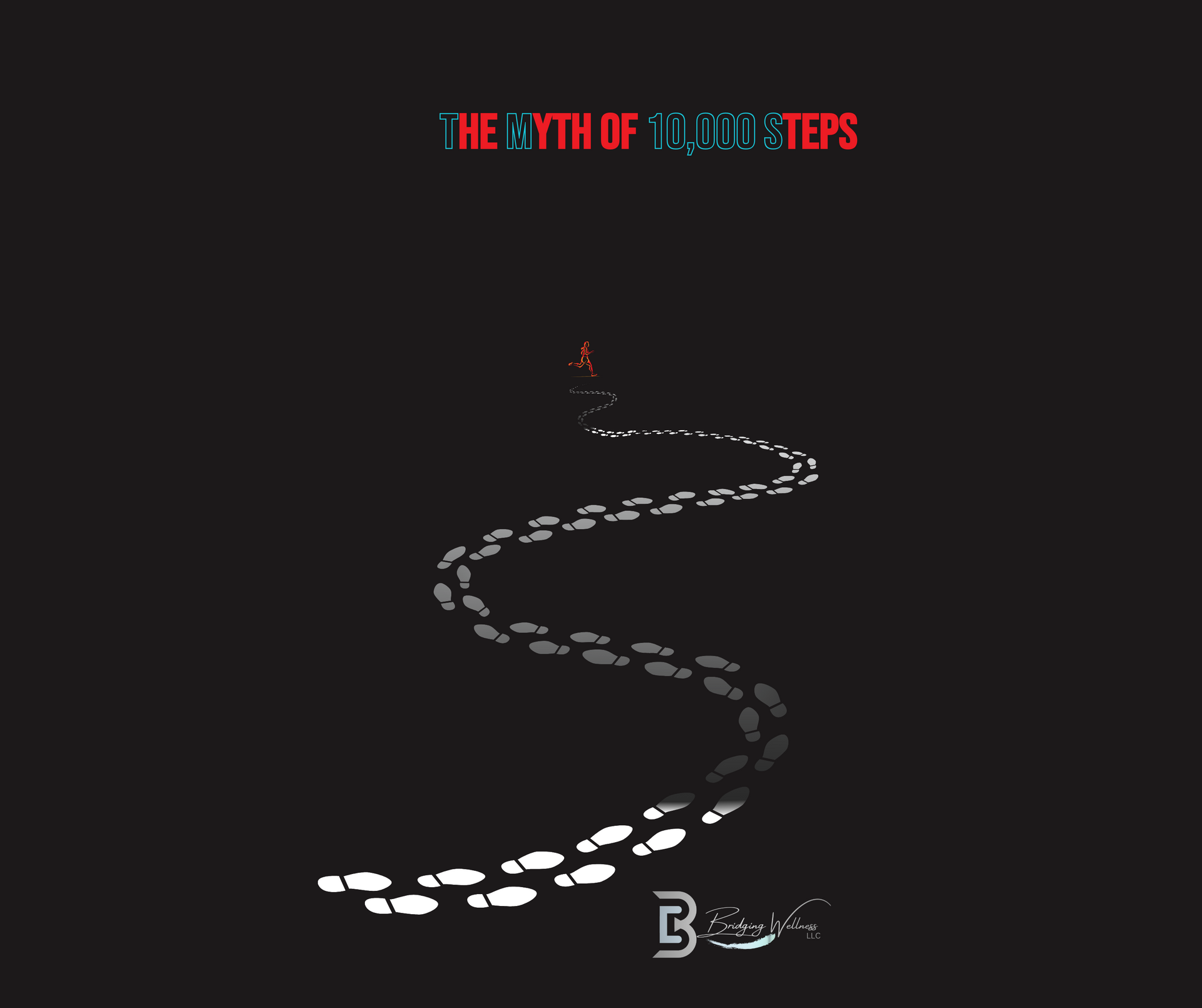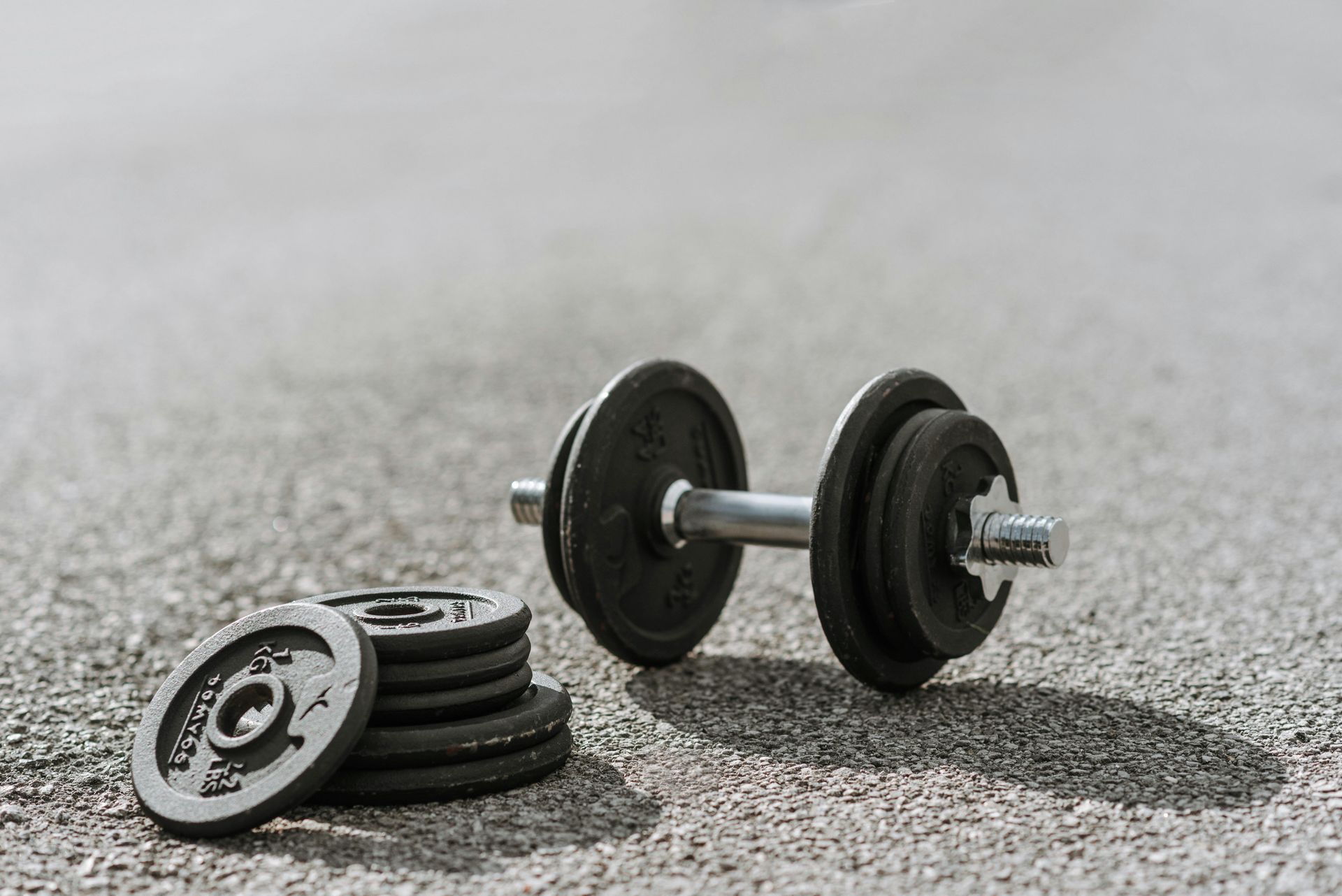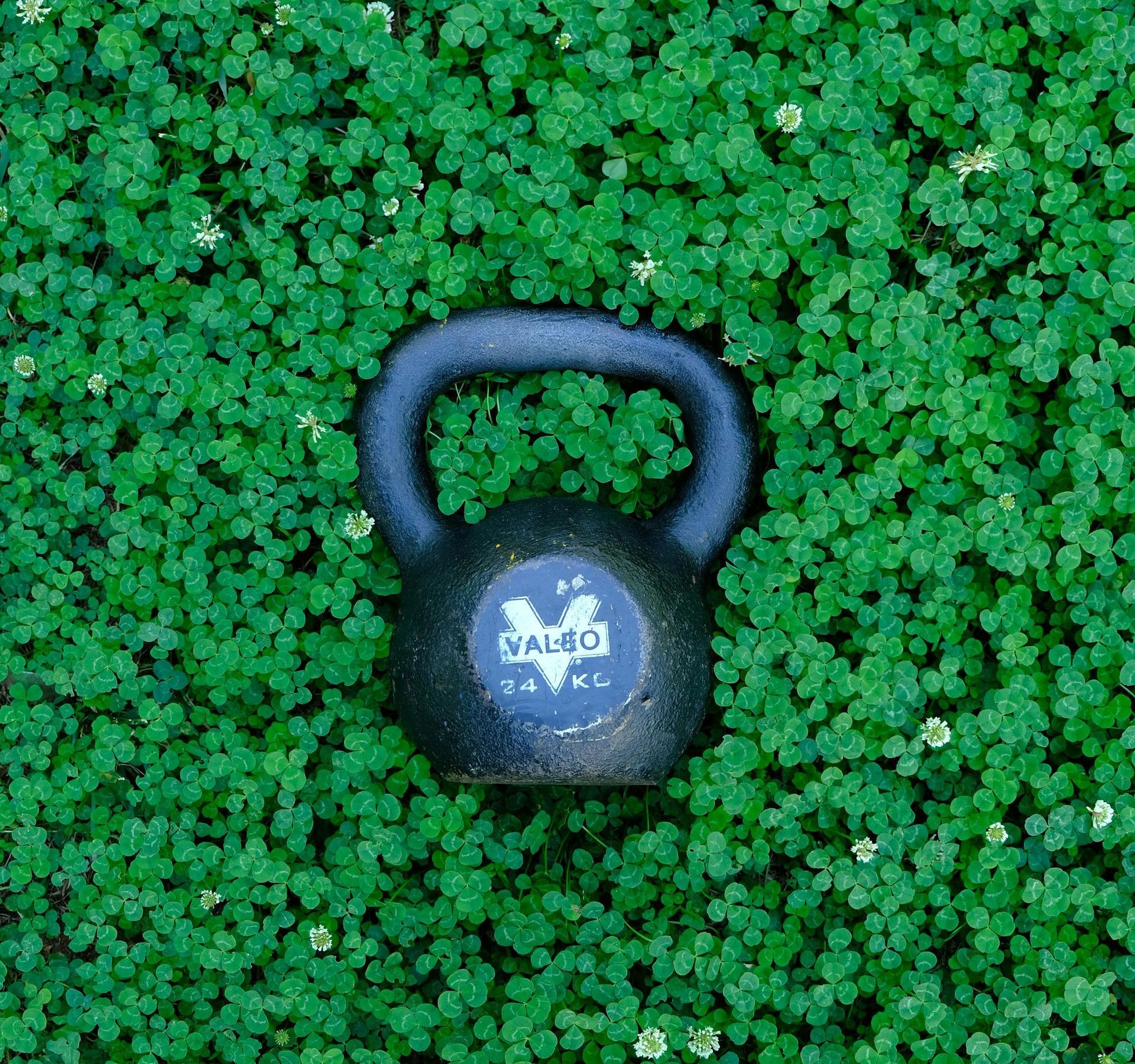Striking a Balance
Navigating Modern Convenience and the Imperative for Movement
In today's fast-paced world of modern conveniences, where technology has streamlined many aspects of daily life, the importance of keeping moving and exercising remains as crucial as ever. To appreciate the significance of maintaining an active lifestyle, it's essential to delve into the historical context of human movement and examine how our current sedentary habits compare to those of our ancestors.
Throughout human history, movement and physical activity were inherent components of daily life. Our ancestors engaged in a variety of physical tasks, including hunting, gathering, farming, and manual labor, as part of their survival and sustenance. The need for constant movement was driven by necessity, as individuals navigated vast landscapes on foot, traversed challenging terrains, and performed labor-intensive activities to meet their basic needs. (Think about your local terrain and how, in the absence of modern convenience, you may survive)
In contrast, the modern era has ushered in unprecedented levels of convenience and automation. Technological advancements have significantly reduced the physical demands associated with many aspects of daily living. From automobiles and elevators to desk jobs and sedentary leisure activities, our lives have become increasingly characterized by prolonged periods of sitting and minimal physical exertion.
While the conveniences of modern life have undoubtedly improved efficiency and comfort, they have also contributed to a decline in overall physical activity levels. Prolonged sitting and sedentary behavior have been linked to a myriad of health issues, including obesity, cardiovascular disease, diabetes, and musculoskeletal disorders [1][2]. The human body, designed for movement and activity, suffers when subjected to extended periods of inactivity.
Against this backdrop, the importance of maintaining regular physical activity and movement in today's society cannot be overstated. Despite the abundance of modern conveniences, prioritizing movement is essential for preserving health, preventing chronic diseases, and promoting overall well-being. Incorporating regular exercise into our routines helps counteract the negative effects of sedentary behavior, strengthens muscles and bones, improves cardiovascular health, and enhances mood and mental well-being [3][4].
In determining the optimal amount of movement for individuals, it's crucial to consider a personalized approach that takes into account factors such as age, fitness level, health status, and lifestyle preferences. Rather than adhering strictly to arbitrary benchmarks like the 10,000-step rule*, individuals are encouraged to set realistic and achievable goals based on their unique circumstances. Consulting with healthcare professionals, fitness experts, and reputable sources such as the CDC, WHO, and Mayo Clinic can provide valuable guidance in tailoring exercise regimens to individual needs and goals.
Moving beyond step counts, individuals are encouraged to embrace a holistic approach to physical activity that encompasses a variety of exercises, including aerobic activities, strength training, flexibility exercises, and balance activities. By diversifying their exercise routines and incorporating movement into daily life, individuals can reap the numerous benefits of an active lifestyle while mitigating the adverse effects of sedentary behavior.
In conclusion, while the conveniences of modern life have reshaped the way we live and work, they have also underscored the importance of maintaining regular physical activity and movement. By understanding the historical context of human movement, acknowledging the dangers of prolonged sitting, and embracing a personalized approach to activity, individuals can prioritize their health and well-being in an increasingly sedentary world.
* The 10,000 step "rule" is the result of a clever marketing campaign started by Yamasa, the makers of the first pedometer called "Manpo-Kei", for the 1964 Tokyo Olympics. How many steps do we
really need, then? In 2019 JAMA (Journal of the American Medical Association) published research claiming 7,000-9,000 steps is all an individual needs, with benefits capping out around 7,500 steps.
References:
- National Institutes of Health. (2022). "Physical Activity and Your Health." Retrieved from https://www.nih.gov/health-information/physical-activity-and-your-health.
- Centers for Disease Control and Prevention. (2021). "Physical Activity Basics." Retrieved from https://www.cdc.gov/physicalactivity/basics/index.htm.
- World Health Organization. (2020). "Physical Activity." Retrieved from https://www.who.int/news-room/fact-sheets/detail/physical-activity.
- Mayo Clinic. (2022). "Fitness: Tips for Staying Motivated." Retrieved from https://www.mayoclinic.org/healthy-lifestyle/fitness/in-depth/fitness/art-20047624.
- JAMA Intern Med. (2019). "Association of Step Volume and Intensity With All-Cause Mortality in Older Women." Retrieved from https://jamanetwork.com/journals/jamainternalmedicine/fullarticle/2734709










